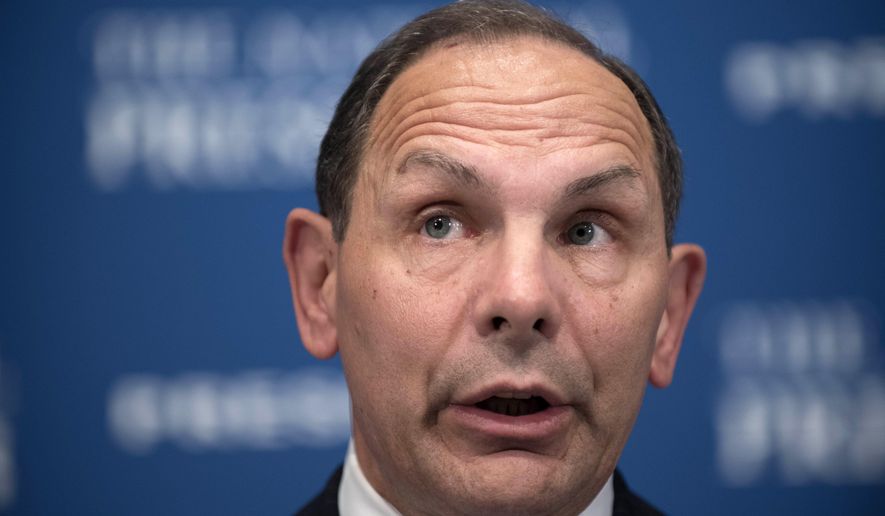The Department of Veterans Affairs on Tuesday expanded the pool of veterans who can use the new Choice Program to get care at private hospitals and clinics, as the troubled department moved to firmly embrace the reforms Congress passed last year to clean up the wait-list scandal.
Under the new rules, veterans whose local Veterans Affairs clinics don’t have a full-time primary care physician and can’t get an appointment within 30 days can now see a private doctor, on the government’s dime. The program will also now be open to all veterans, not just combat veterans who’d signed up by the time the Choice Program was enacted into law.
“As we implement the Veterans Choice Program, we are learning from our stakeholders what works and what needs to be refined,” VA Secretary Robert McDonald said in a statement. “It is our goal to do all that we can to remove barriers that separate veterans from the care they deserve.”
The Choice Program was designed by Congress to provide veterans with better care after more than 100 VA facilities were found to have shunted veterans off onto wait lists that left them struggling to get the care they needed. The program gives veterans who’d been waiting too long for appointments a chance to go to a private doctor, and to have the government billed for the costs.
President Obama signed the law but his administration initially had resisted, proposing to cut some of the money and shift it back into VA operations. But in recent months Mr. McDonald has reversed course and embraced the program as part of the solution to his department’s woes.
The new updates also make it easier for veterans in Alaska and Hawaii — which lack a full-service VA hospital — to see private doctors. Veterans in New Hampshire, which also lacks a full-service facility, can use private doctors, unless they live within 20 miles of the White River Junction VA Medical Center in neighboring Vermont.
Veterans in U.S. territories will also have the benefits of the Choice program, with the exception of Puerto Rico, which has a full-service medical facility.
The VA has seven different non-VA healthcare programs that veterans are eligible for, leading to a series of redundancies and overlap between the programs created for different regions. Efforts to consolidate those programs into one overarching Choice Act program are underway in Congress. The U.S. Senate will be evaluating the VA’s consolidation plan Wednesday, and staffers say they hope a plan ready for implementation will be finalized within the first half of 2016.
• Anjali Shastry can be reached at ashastry@washingtontimes.com.




Please read our comment policy before commenting.